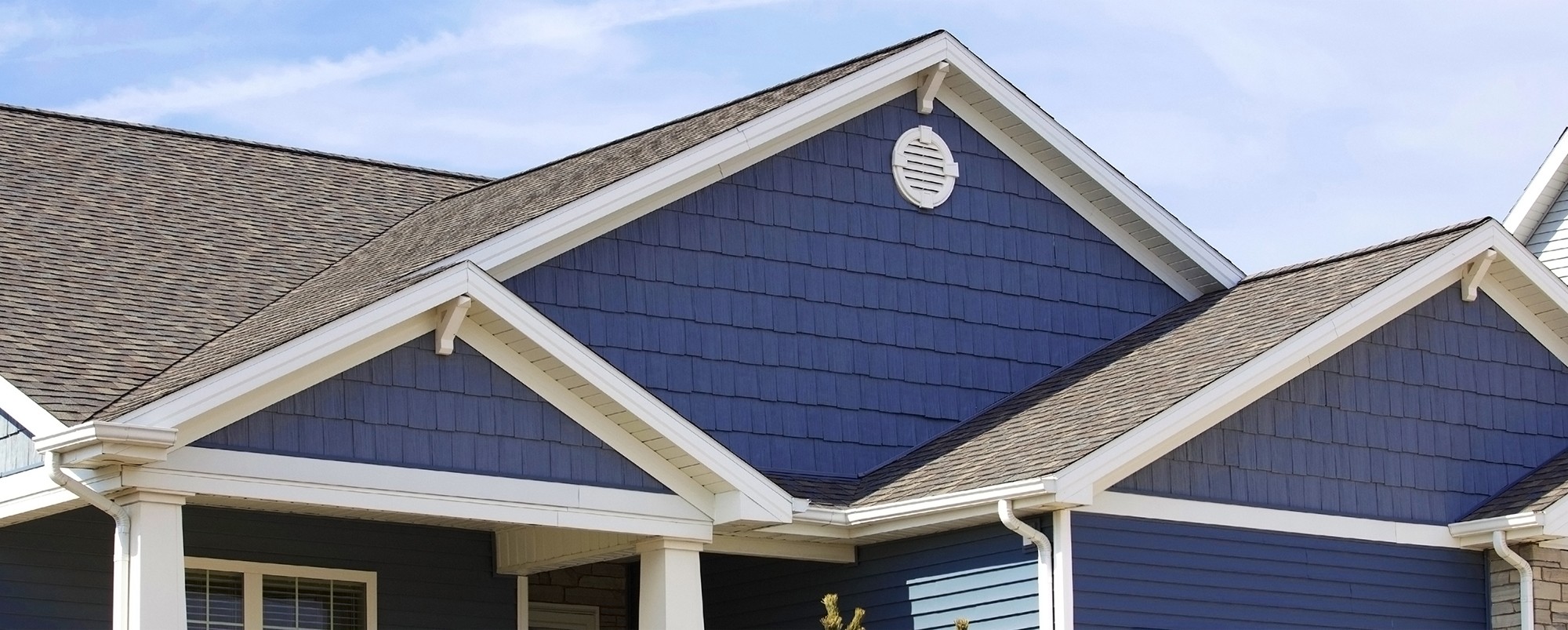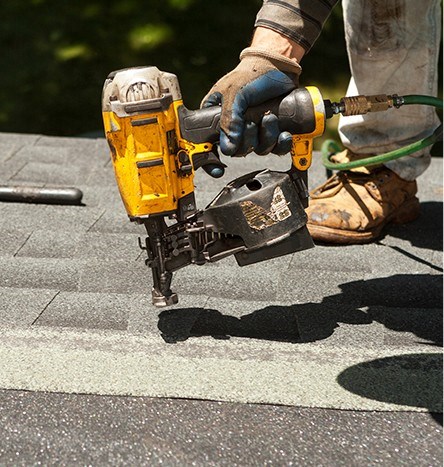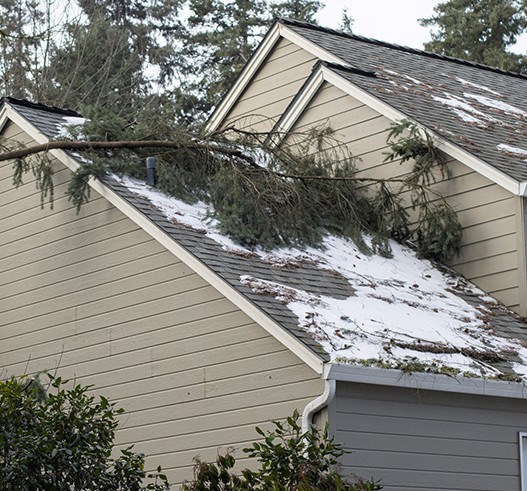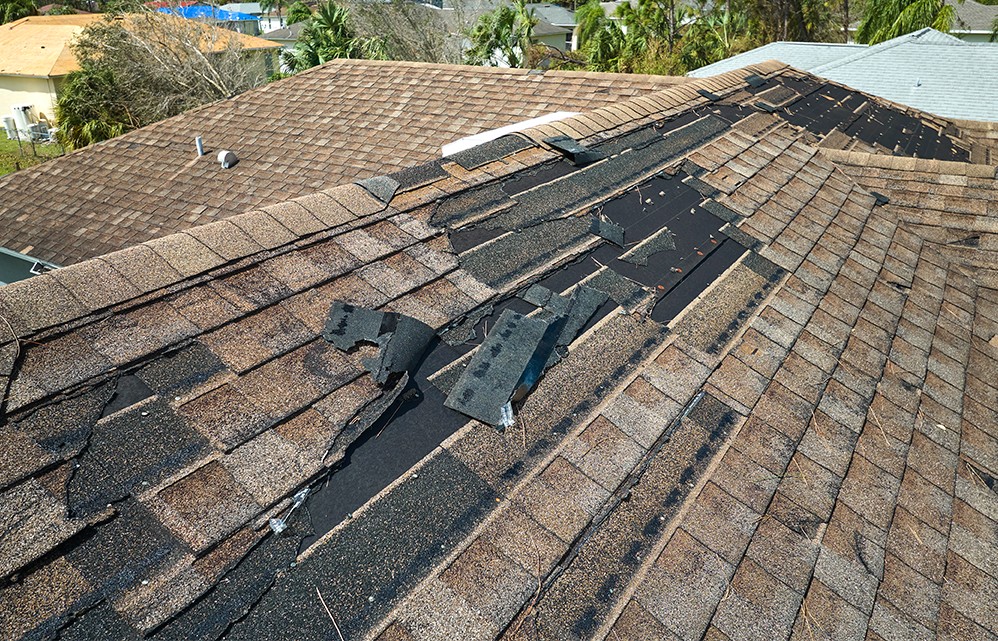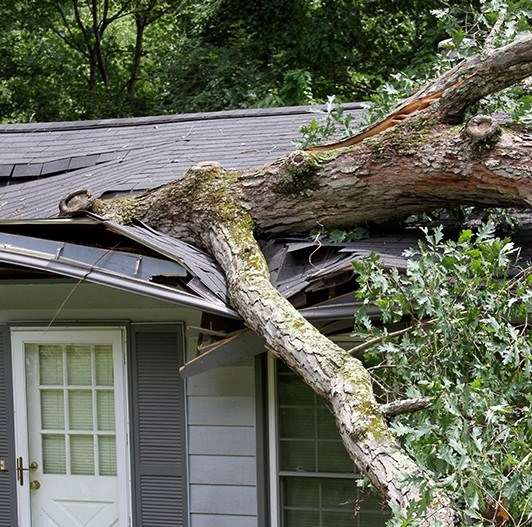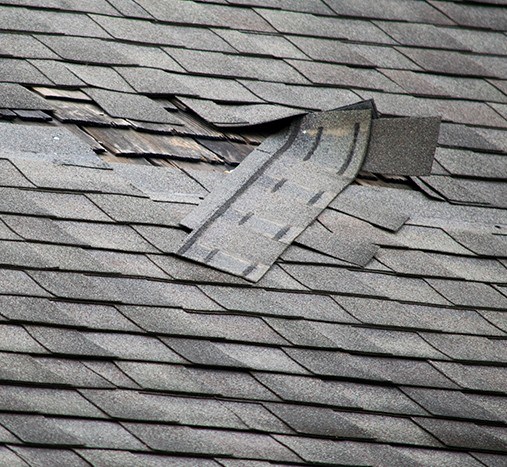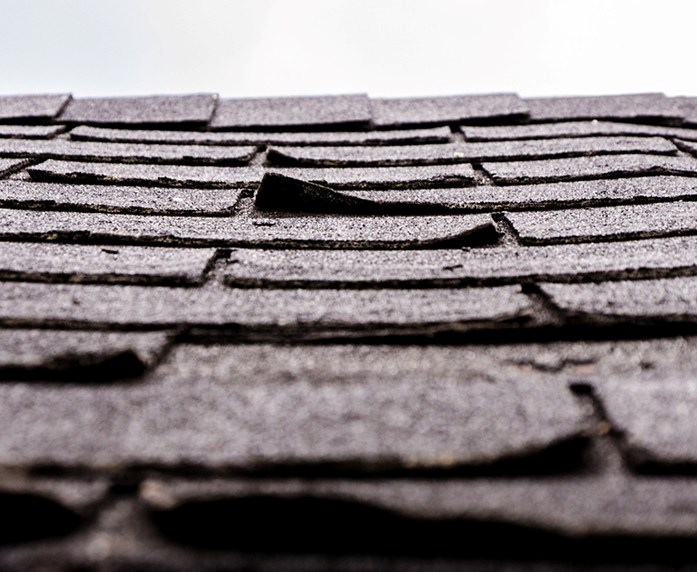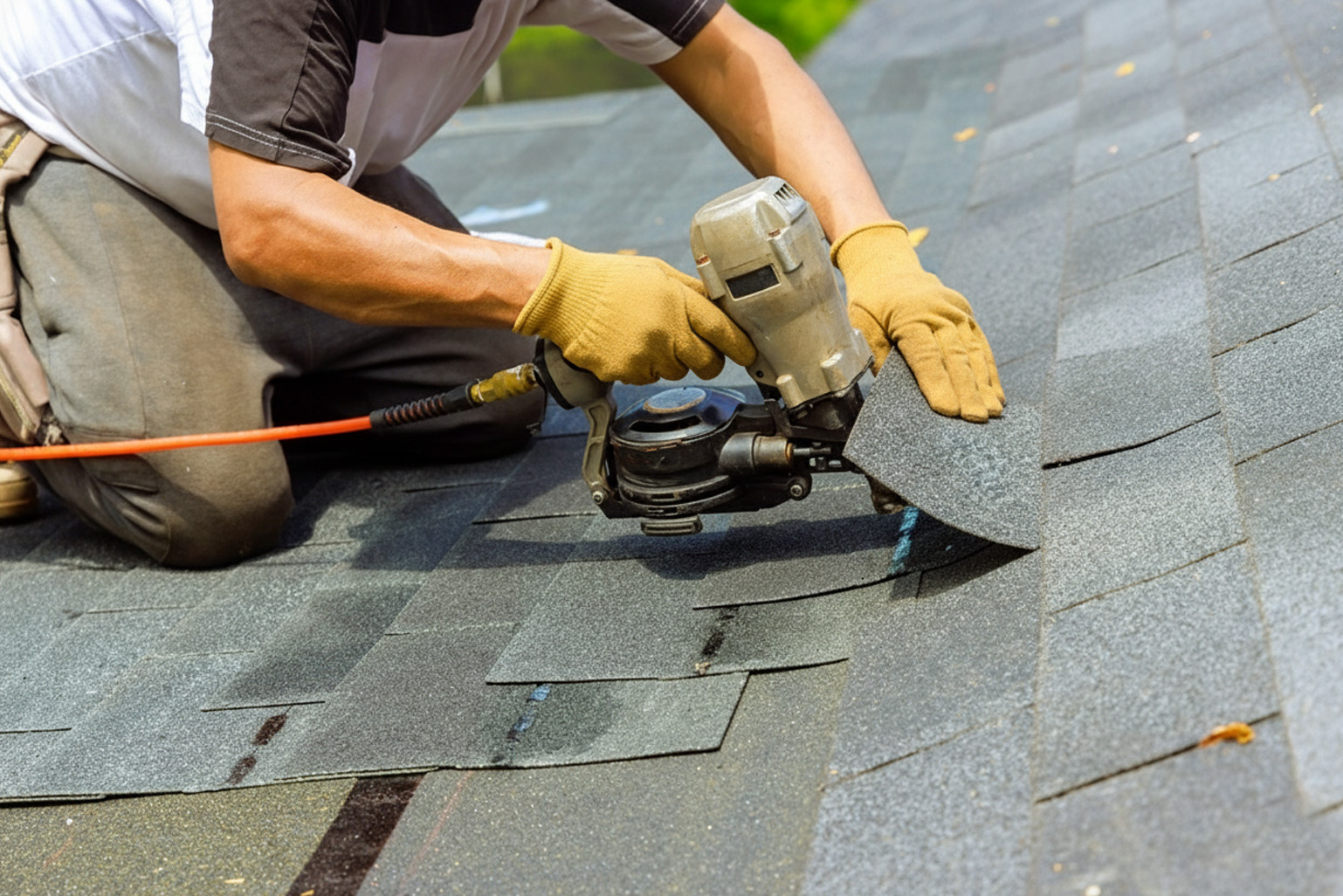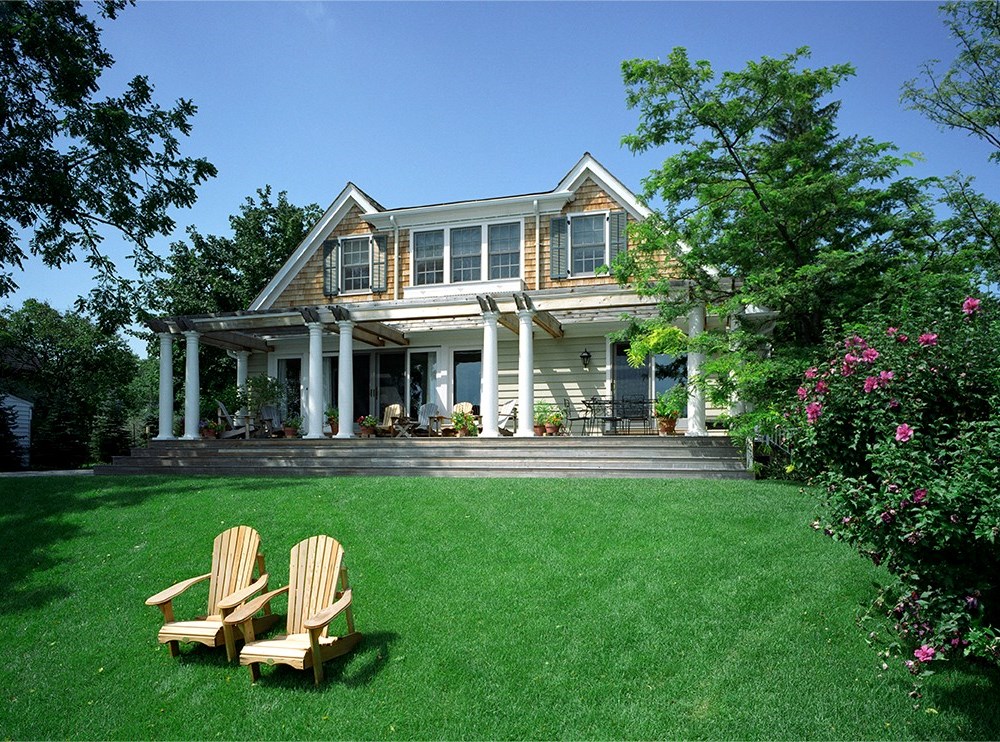Signs You May Need a Roof Repair
Not all roof issues are obvious. If you notice any of the following signs, it’s time to schedule a professional inspection.
-
Water stains on ceilings or walls

-
Missing or damaged shingles

-
Shingle granules collecting in gutters

-
Rusted, bent, or loose flashing

-
Mold or mildew inside the attic

-
Daylight visible through roof boards

-
Unexplained increase in energy bills

